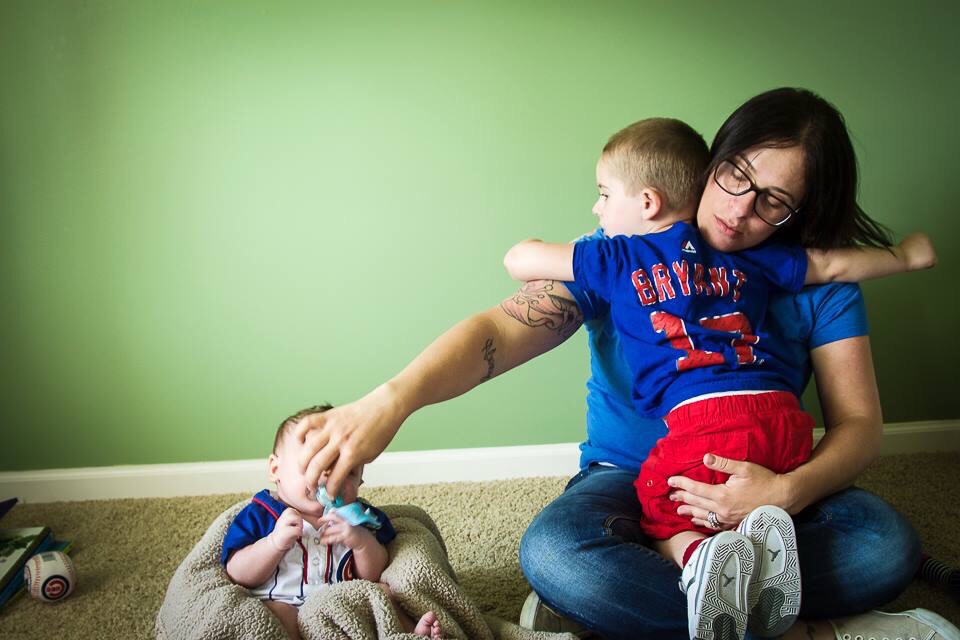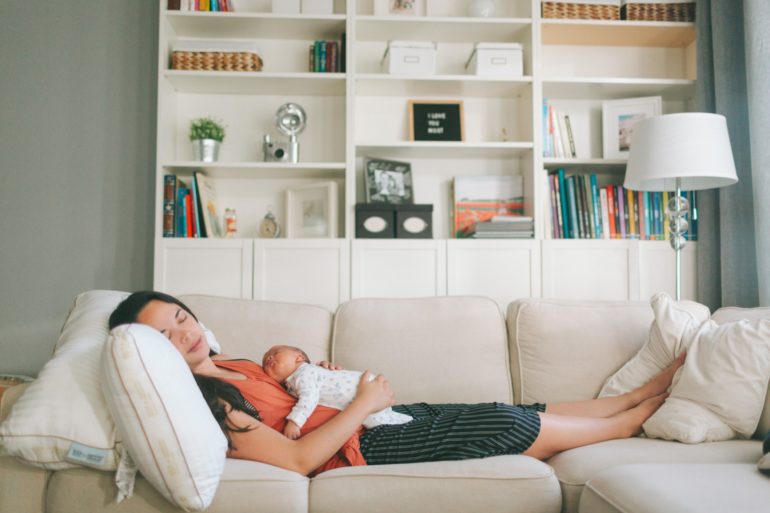Spring Forward and Your Babies Sleep: 5 Steps for Mastering Daylight Savings
We will move our clocks forward one hour. This means 6 am is now 7 am and 7 pm is really 8 pm.

Plan ahead
About seven to nine days before the time change, start shifting your baby’s nap and bedtime by 15 minutes earlier. For example, if your toddler goes down for a nap at 1 pm every day, put him down at 12:45 pm for a few days and then at 12:30 pm for a few days, and then at 12:15 pm for a few days. That way, on the day of the time change and beyond, when you put him down for a nap at his usual 1:00 pm naptime, he has no problem falling asleep because you prepared ahead of time. Do the same with bedtime, and be sure to move mealtimes up accordingly as well.
Adopt the new clock immediately
If your baby normally takes a 9 am nap, put her down for a nap at 9 am. If your toddler normally goes to bed at 7 pm, put him to bed at 7 pm. Don’t overthink it—on the day of the time change abandon the old clock and embrace the new one right away.
Start the day no later than 7:30 am
While DST may be the only day of the year when your child actually sleeps in, allowing her to do so beyond 7:30 am can throw her sleep schedule off for days to come. In most cases, it’s not worth it. Got an early riser? Set an alarm for the day no earlier than 6:30 am. On the morning of the time change and every day after, wait until 6:30 am to get your baby. Being consistent with this wake time can help improve early rising.
Install blackout shades
Longer, brighter days are glorious; bedtime battles are not. Blackout shades block the sunlight from entering their room so they can drift off to dreamland even when bedtime is at 6:30 pm.
If blackout shades are still on your to-do list, you can create a temporary solution by hanging black construction paper or tin foil with painters’ tape over the windows. Just be sure that all parts are out of your child’s reach.
Get outside
Sunlight naturally helps set the body’s internal clock. On the day of DST, try to get outside at least twice—ideally before and after lunch. If you have a baby, place her play mat in a sunny spot by a window.

There’s no need to lose sleep over the time change because following these steps can help rapidly reset your child’s internal clock. The best part of DST? It means spring is just around the corner!
Do you have questions about your baby or toddler and want to learn more tips to improve sleep?
Sign up for your free 15-minute sleep consultation with a certified infant & toddler sleep consultant by visiting dreambabysleep.com/scheduler.







This was sooo helpful! Thanks for the great info!